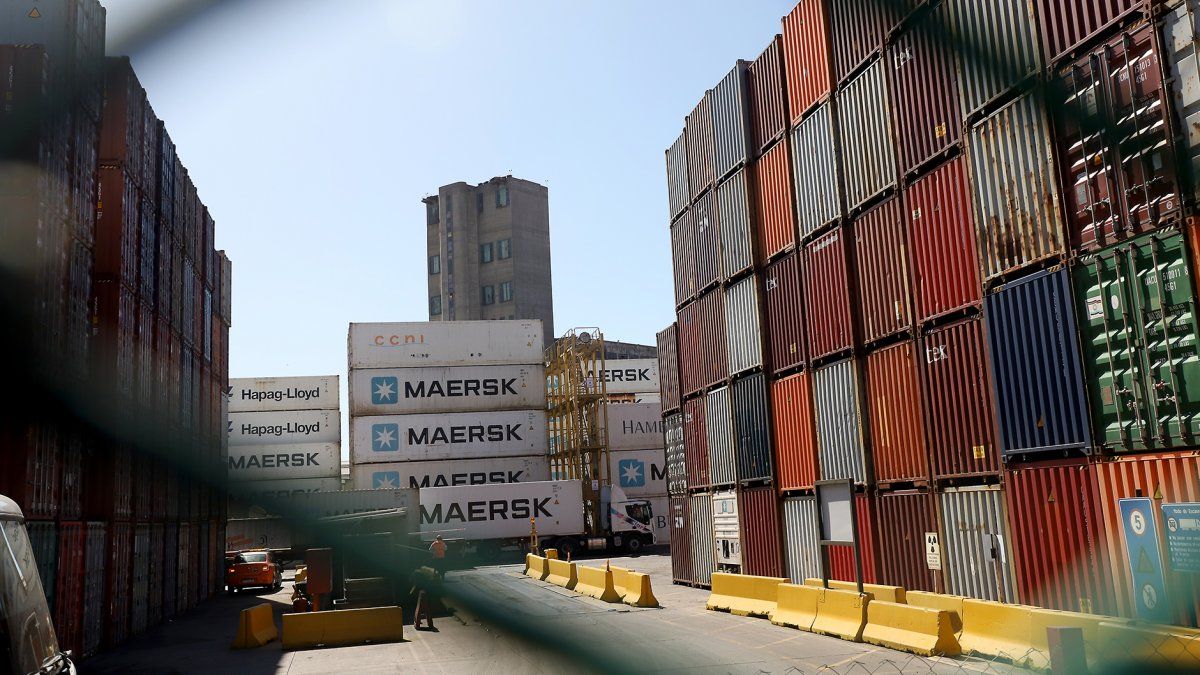In the first month of the year imports grew 11.7% year-on-year (after having fallen 14.1% in December), while exports grew 3.4% year-on-yearto cut a streak of three consecutive months with year-on-year falls.
Within this framework, from Abeceb they outlined some projections for what may happen this year in the bilateral relationship with Brazil: “The assumption of Lula da Silva in Brazil and his recent official visit to Argentina raised expectations about a deepening of the bilateral relationship in 2023. In turn, the announcements of the National Government in relation to the different negotiations and agreements in progress, fueled these hopes”.
“The truth is that, from what was announced, The most concrete was the extension of the credit line for the financing of imports to 366 days through Banco Nación and Banco do Brasil. If implemented, it would facilitate imports from the neighboring country, and would somewhat alleviate the demand for dollars in the MULC, with a positive impact on the BCRA reserves,” they remarked from the firm.
“However, there are still many technical aspects to resolve, which will end up defining the success or otherwise of the agreement. Among the main questions, the following can be mentioned: what will be the rate and the financial cost of said transactions?; how will exchange risk be managed?; What guarantees will be required?” Abeceb asked themselves, and also highlighted that the common currency project “has no chance of being implemented.”
Hope of the industrial sector
One of the sectors that would benefit from the new agreement is the industrial sector. Both for the purchase of inputs or capital goods, as well as for the possibility of increasing their exports to the neighboring country.
In fact, days ago the UIA Study Center (CEU) carried out an analysis in this regard: “Brazil was the destination of 23.6% of manufacturing exports of industrial origin (MOI) in 2022 and in some industrial sectors it represented more than 50% of external sales (automotive, plastics and its manufactures, milling products)”.
“There is still a lot of ground to recover in terms of bilateral trade. Starting in 2011, there was a drop in exported volumes, which worsened with the start of the pandemic. However, although in relation to the maximum of 2011, US$3,802 million less were exported (-22.5% below), Argentine exports to Brazil registered an annual increase of 9.7% in 2022 and are at levels higher than those of 2015”they added from the UIA.
“These data highlight the importance of bilateral trade between Argentina and Brazil, which implies a strong interdependence between both economies and their respective productive networks. Although this interdependence has been asymmetric (to the detriment of Argentina), which implied that the intensity of the reciprocal impacts is different in the event of eventual shocks in each economy, there is a strong potential to work on a better productive integration”, they highlighted from UIA.
“We believe that the agreement with Brazil is important. There is the possibility that many Brazilian banks operate with Argentine banks, with guarantees that Argentine banks can give to Brazilian banks. If this possibility occurs, it will be good for the economy and the industrial sector,” Daniel Rosato, president of Industriales Pymes Argentinos (IPA), told Ámbito, who explained: “I believe that the strategy of the agreement with Brazil will have solutions for Argentina in a lot of aspects. This opens up a possibility of hope that this strategic union with Brazil will generate calm, deflate pressures with the dollar issue”.
Source: Ambito




